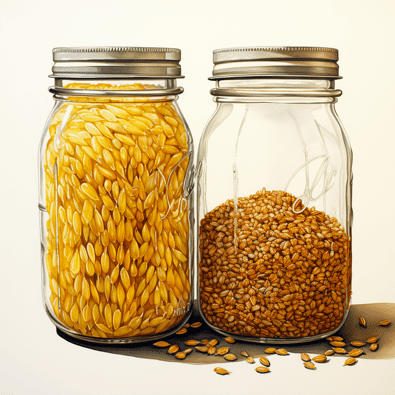
Bulgur vs Barley: When choosing between bulgur and barley for beauty and health benefits, it’s essential to understand their unique advantages. Both grains offer significant nutritional value, but which is the standout?
Hi, I’m Hazel
I gave up on skincare after years of issues with acne and sensitive skin.
But after going plant-based, my skin cleared up and even started to glow. Now I help women reveal their natural beauty with simple, delicious plant-based food.
I also used to be a nurse, and love nerding out on nutritional science (high-quality science, that is).

As usual, this post is based on the strongest nutritional evidence I could find with a focus on the simplest, most delicious foods
…because who has time to waste on actions that don’t work?
The quick version:
Bulgur is ideal for quick meals and weight management, supporting clear skin with its rich nutrient content. Barley excels in hearty meals and long-lasting energy, with beta-glucans and Vitamin E that enhance skin elasticity and protection against environmental damage. Both grains are great choices for maintaining beauty and health.
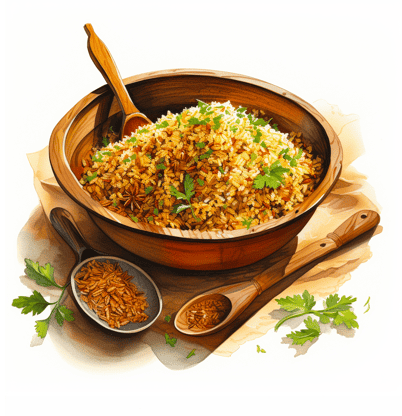
What is Bulgur?
Bulgur is not just another wheat grain; it’s a staple in Middle Eastern cuisine that has made its way into kitchens worldwide due to its nutty flavour and versatility.
This versatile grain is actually partially cooked wheat, typically pre-steamed and dried before being cracked.
This process gives bulgur a distinct texture that can vary from fine to coarse, offering different textures for a variety of dishes.
From a quick side dish in pilafs to a hearty main in stews, bulgur proves to be a great addition to many meals, making it a main ingredient for those who need wholesome food fast.
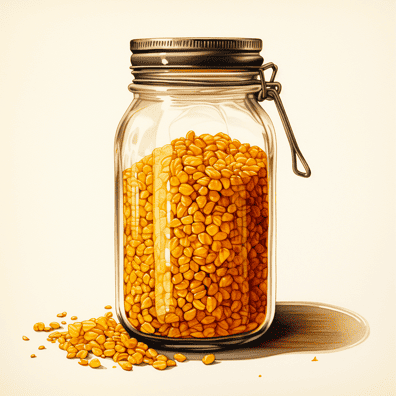
What is Barley?
Barley, a robust cereal grain, carries a chewy texture and an earthy flavour that makes it a favourite in many traditional dishes.
As a nutritious grain, barley has been nourishing populations around the globe for centuries. It’s commonly found in soups, stews, and bread, making it an excellent substitute for less nutritious carbs. Barley is also available in several forms, including pearl barley, barley grain, and barley flour, each offering unique benefits and uses in the kitchen. Its versatility and health benefits make barley a fundamental type of grain for anyone looking to enhance their diet with whole grains.
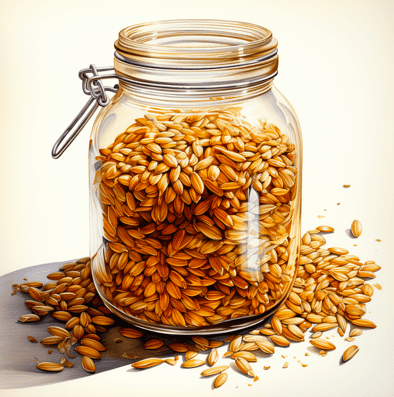
Beauty benefits
Skincare
- Barley is superior in terms of skincare because of its higher Vitamin E content, which helps protect the skin against UV damage and aids in skin repair.
- Zinc in Barley (2.77mg) and Bulgur (1.93mg) is crucial for maintaining clear skin, as it helps manage oil production and reduces the incidence of acne.
- Vitamin B 6 in both grains reduces skin inflammation and promotes a clearer complexion, supporting overall skin health.

Weight Management
- Barley‘s higher fibre content, at 17.3g compared to Bulgur’s 12.5g, is particularly effective for weight management. It helps promote feelings of fullness, which can lead to reduced overall calorie intake.
- Bulgur, while slightly lower in fibre, still contributes significantly to digestive health and helps maintain sustained energy levels, important factors in managing and maintaining a healthy weight.
- Both are a great option for low-fat diets.
You may also like:
How to choose between Navy beans vs Great Northern beans
Other nutritional benefits
- Improved Insulin Sensitivity: Both grains help in managing blood sugar levels due to their high fibre content, with Barley slightly leading due to its complex carbohydrate structure.
- Anemia Prevention: The higher iron content in Barley (3.5mg) compared to Bulgur (2.46mg) aids in better oxygen circulation, which is essential in preventing anaemia.
- Heart Health: The presence of beta-glucans in barley helps lower cholesterol levels, promoting better heart health.
- Digestive Health: High dietary fibre from both grains enhances digestive function, contributing to overall wellness.
When to use bulgur vs barley
For quick meals
Bulgur: Ideal for quick meals, it’s perfect for busy weeknights. Use it in grain salads for lunch or as a quick side dish with dinner.
Bulgur can be cooked much like rice but requires less time. Simply boiling it in a couple cups of water until tender can yield a fluffy texture perfect for grain salads or as a side dish.
Fine bulgur is excellent for cold salads as it softens quickly when soaked in hot water.
When you have a bit more time
Barley: Barley takes longer to cook than bulgur, but its nutty flavour and chewy texture make it worth the wait. It’s best simmered in water or broth until it’s tender, which can take about 45 minutes. Barley flour can also be used in baking to add a rich, earthy flavour to breads and other baked goods.
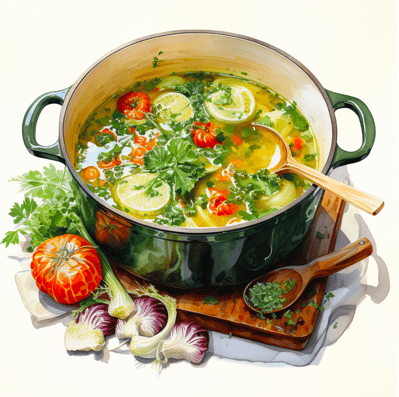
Work-out routine
Barley: Its slow-releasing carbohydrates make it an excellent pre-workout meal for sustained energy. Consider a barley-based breakfast or snack a couple of hours before engaging in physical activity.
Bulgur: With its quick digestion, bulgur can be a handy post-workout carb source to help with quick energy replenishment and recovery.
Recipe Suggestions
- Bulgur: A quick and easy main ingredient in tabbouleh, it also works well mixed into vegetable soups or used as a base for protein-packed bowls.
- Barley: Excellent in hearty stews, as a risotto base replacing rice, or tossed in salads for extra texture. Its robust flavour makes it a great addition to autumn and winter dishes.
Can you substitute bulgur for barley (and vice versa)?
When it comes to swapping bulgur and barley in recipes, it’s important to consider their textures and flavours. While both grains provide substantial health perks, their distinct characteristics might affect the outcome of your dishes.
Bulgur, with its finer consistency and milder taste, is ideal for light grain salads and quick side dishes.
On the other hand, barley, because of its nutty flavour and satisfying chew, works well in heartier meals like soups and risottos.
Although you can substitute one for the other in some recipes, the texture and flavour profile of your final dish will vary. Understanding these differences can help you make the best choice for your cooking needs and taste preferences.

Bulgur is best for…
- Quick meals: Its fast cooking time makes bulgur ideal for those who need a nutritious meal without long preparation.
- Weight management: The high fibre content helps in feeling full longer, aiding in weight control.
- Skincare: Bulgur’s b vitamin sand mineral content support clear, glowing skin by aiding in nutrient absorption and overall skin health.
Barley is best for…
- Hearty meals: Barley’s chewy texture and rich flavour make it suitable for robust dishes like stews and soups that are fulfilling yet healthy.
- Long-lasting energy: The complex carbohydrates in barley provide sustained energy, beneficial for overall vitality and skin health.
- Acne: Barley’s higher level of zinc makes it better for combating acne-prone skin.
Bulgur vs barley
When considering bulgur vs barley for your dietary needs, it’s clear both grains offer unique benefits that cater to a health-conscious lifestyle. Whether you lean towards bulgur for its quick cooking times and fine texture, or prefer barley for its robust flavour and hearty feel, experimenting with these grains can enrich your meals and nutritional intake. By understanding their distinct advantages and incorporating them into your diet, you’re not only making a smart choice for your health but also for your culinary enjoyment.
References
Most references below will link to the original peer-reviewed study itself. However, sometimes I will link to a video over at NutritionFacts.org instead, which is by far the single best resource of brutally transparent nutritional evidence you will ever see. Dr Greger tells a great story about the realities of the science and if I think you will benefit more from one of his videos, the link will take you there instead.
Happy nerding!